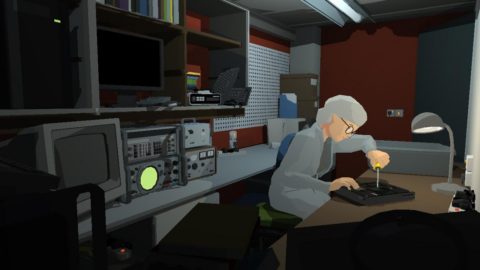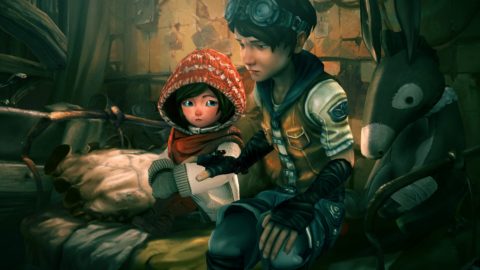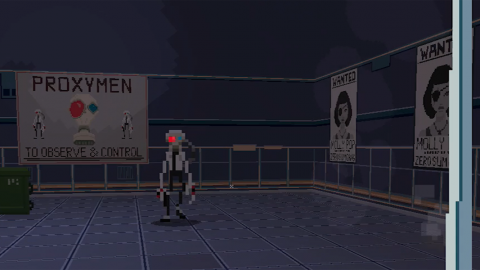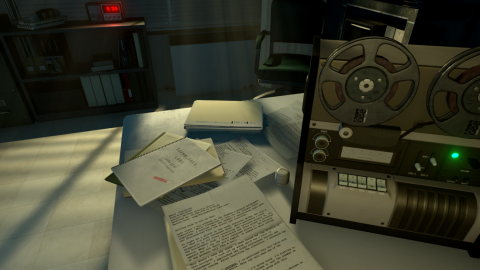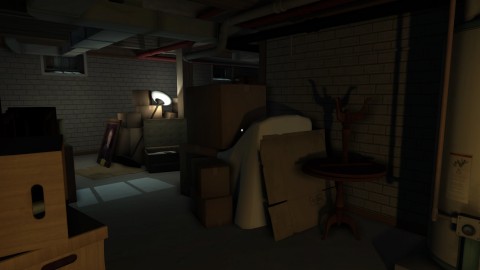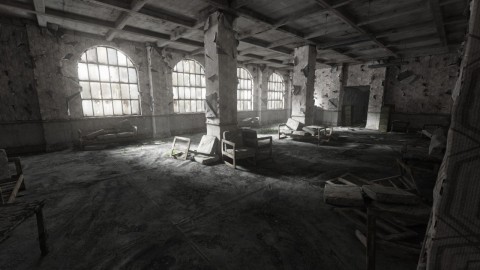
A new videogame about piecing together drunken memories
Is it a coincidence that autobiographical games are the ones that seem to experiment with new storytelling ideas the most? Look at the infinite scrolling world of life and death in Passage (2007), the collage of frustrations in Dys4ia (2012), the awkward online conversations of Cibele (2015), and the interweaving of emotionally-charged 3D spaces in That Dragon, Cancer (2016). We can now add to this list the latest game by Jenny Jiao Hsia, which recalls a night out drinking with friends, or at least the part where she had to look after one of them and get them to hospital. It’s called and i…
